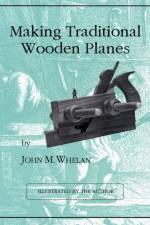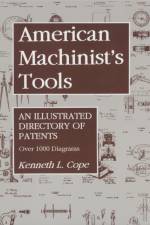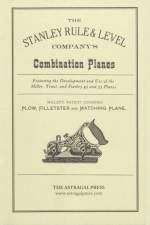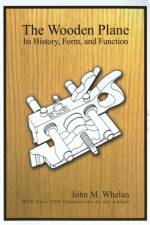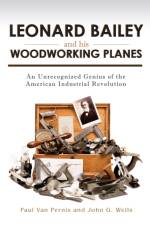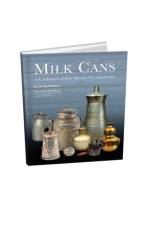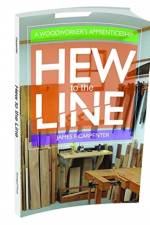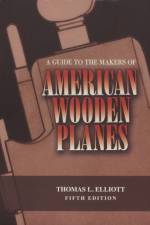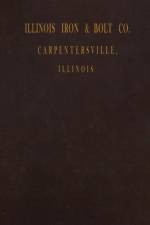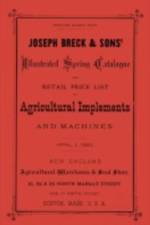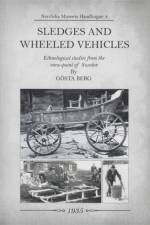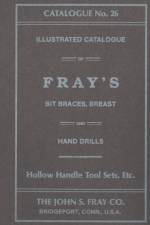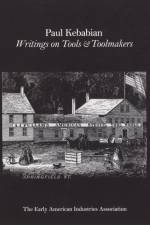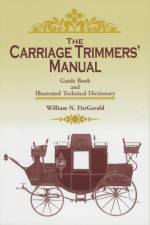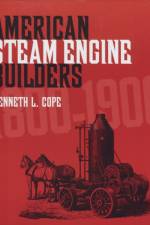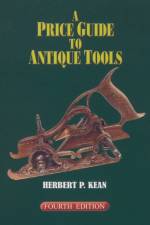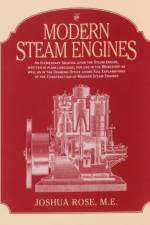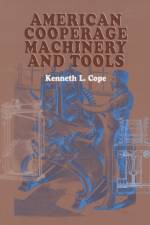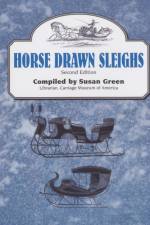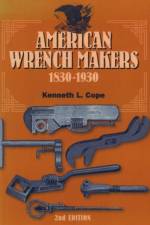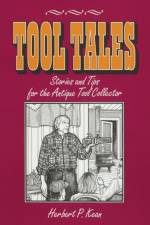av Joseph Breck
171
Joseph Breck & Sons was a seed and agricultural implements wholesaler and retailer in Boston, Massachusetts, established in 1822. Its founder was Joseph Breck (1794 1873), a noted early horticulturist and botanist. His early fame stemmed from a book he wrote in 1833, The Young Florist, only the second book on flowers published in America. Breck published his company s first catalogue in 1840, the New England Agricultural Warehouse and Seed Store Catalogue, to promote his company s products. This is a reproduction of the April 1, 1880, Joseph Breck & Sons Illustrated Spring Catalogue and Retail Price List of Agricultural Implements and Machines. High quality illustrations and well written (often entertaining) descriptions make this a highly desirable reproduction. tems include: plows, harrows, planters, cultivators, hoes, mowers, rakes, horse hay forks, rollers, scrapers, wheel barrows, store trucks, churns, butter workers, potato diggers, post hole diggers, graters, grindstones, lawn mowers, cistern and well pumps, lawn fountains, garden engines, hydraulic rams, brass syringes, wringers, ice cream freezers, carriage jacks, copper weather vanes, and many other related items.

